Lighting itself should not become the source of hazards
A food processing light is a high bay or low bay light developed specifically for meeting the defined requirements of the food industry. To reduce the likelihood that a food safety hazard will happen to an acceptable level, food processing facilities generally have additional requirements for construction and material safety of light fixtures installed in food processing, handling and preparation areas. That is to say, while workplace lighting in a food or beverage processing facility is required to deliver efficiency, reliability and performance for safe, productive and sustainable operations, the light fixture itself should not become the source of hazards (e.g., microorganisms of concern, hazardous toxins, chemicals or physical agents).
The equipment requirements are based on the internationally recognized concept for the production of safe foodstuffs, which is known as Hazard Analysis and Critical Control Point (HACCP). In some countries, it is mandatory or a legal requirement to implement a certified HACCP system in the food business. In the United States, the Food and Drug Administration (FDA) and the United States Department of Agriculture (USDA) require their regulated establishments to operate under a HACCP system. The National Sanitation Foundation (NSF) is the equipment certification authority that standardizes sanitation and food safety requirements and certifies if an operation complies with HACCP systems regulated by FDA and USDA.
Light fixtures in NSF Splash/Non-Food zones need to be food safe
The NSF certification to HACCP indicates that equipment, including lighting products, located in a food storage, handling or preparation area has a construction for hose-down capability and will not trap food particles and encourage bacterial growth. Food safe light fixtures must be protected against dirt deposits and designed to facilitate the removal of microbacterial contamination and hazardous substance through cleaning and disinfection processes. Their construction should support critical sanitation protocols which are critical to the implementation of a HACCP system in food and beverage processing facilities.
The NSF breaks down equipment requirements into three “Zones” according to the proximity of the light fixtures to the food, which are the Non-food Zone, Splash Zone and Food Zone. The Food Zone has the most stringent requirement on the equipment suitability because the equipment in this zone has intimate contact with the food under normal operations. Light fixtures typically do not require the certification for this zone as they are very seldom used in food preparation and handling areas. Light fixtures located in the Splash Zone are placed in such proximity to the food that they are exposed to routine soiling from splashes and spills. The Non-Food Zone includes all areas where light fixtures and other equipment are located outside the Splash Zone and have the potential to make an impact on food safety. Light fixtures located in the Splash Zone and Non-Food Zone should be NSF-certified.
Ingress protection (IP)
Because sanitation is such a critical part of food facility operations, light fixtures must withstand rigorous cleaning protocols so that they will not compromise the sanitation requirements. The ability to perform in a wet location is the minimum requirement for food processing lights. These fixtures must be designed to be watertight and corrosion resistant in heavy hose-down applications involving using hot water or sanitation chemicals at water pressures of up to1500 PSI. To hold up to the stringent cleaning protocols, the luminaire must be a hermetically sealed to a high ingress protection (IP) rating.
The ability to resist the pressure that the water or cleaning liquid exerts on the luminaire depends on the watertight integrity of the gasketed area. Food processing applications require the gasketed area and all other parts of a luminaire to withstand high pressure water jets as define by IP66. High-pressure steam cleaning protocols require an IP69K protection rating for the luminaire. To prevent seal performance from declining and maintain the original IP rating, pressure differentials between the luminaire enclosure and the surrounding processing environment created by drastic temperature changes must be equalized by installing a vent in the sealed enclosure. To prevent water from pooling in the crevasses of the housing and allow the flow of water to carry the food off the fixture, a watershed design of luminaire should be implemented.
Design and engineering
LEDs deliver dramatic improvement in energy efficiency, operational life and controllability over traditional light sources. The physical and optical characteristics unique to these semiconductor light sources allow luminaire design to advance beyond legacy form factors. Food safe LED lights are typically integrated systems in which the housing serves as the heat sink and accommodates the LED array to create a shortest possible thermal path for efficient heat dissipation. The heat sink eliminates the use of fins which are normally used to maximize the effective surface area for convective heat transfer. The smooth exterior combined with a sleek finish provides an easy-to-clean surface for hose-down applications.
The metal housing is usually constructed from die cast or extruded aluminum. Chemical conversion coatings are often used as a pretreatment for organic coatings to increase the adhesion to the aluminum substrate and thereby maximize resistance to corrosion. The organic coating, which is generally a thermoset powder-coat finish, serves to mask initial stages of corrosion and provide a decorative color. The polymer-based powder should be non-toxic and environmental neutral so that it will not cause potential food hazards in case it chips or flakes off. Some products make use of nonmetallic housings made of polycarbonate or fiberglass reinforced polyester. While these fixtures have excellent corrosion resistance, their thermal performance should be carefully evaluated as the plastic housing has a poor thermal conductivity. The LED array which is mounted on a metal-core printed circuit board (MCPCB) is protected by an acrylic, polycarbonate or tempered glass lens which is sealed to the housing interface by a one-piece silicone gasket. All fasteners should be stainless steel. To avoid water pooling or harborage of food and contaminants, the seams, joints or screws should leave no re-entrant angles.
Lighting performance
Food safe LED lights are offered in a wide range of lumen packages from 2,000 to 60,000 lm for use in high bay and low bay facilities. The color critical tasks in food processing applications call for high color rendering lighting. The spectral power distribution (SPD) of the light source should be balanced in exact proportions to provide the most accurate rendition of all colors, in particular those highly saturated colors that are often poorly reproduced by LEDs developed for the commodity market. The correlated color temperature (CCT) of the light source for food facility lighting falls in the range of 4000K to 5500K. Maintaining the uniformity of lighting is important to workplace safety and productivity.
LED lights are high performers when it comes to light distribution control. Custom designed lenses designed to regulate luminous flux from individual LEDs allow to achieve precisely controlled distributions of light with uniform horizontal illuminance and/or purposefully controlled vertical light distributions. Visual comfort should be prioritized in optical design for low bay LED lights. Diffusers and high-angle light shields are often used to reduce pixilated glare from LEDs. The LED array is operated by a constant current LED driver which is typically a switching mode power supply (SMPS). SMPS LED drivers with a two-stage design are more desirable for industrial applications because of their ability to operate in universal voltage input range, provide full range dimming, keep a flicker free performance, and defend against power surges.

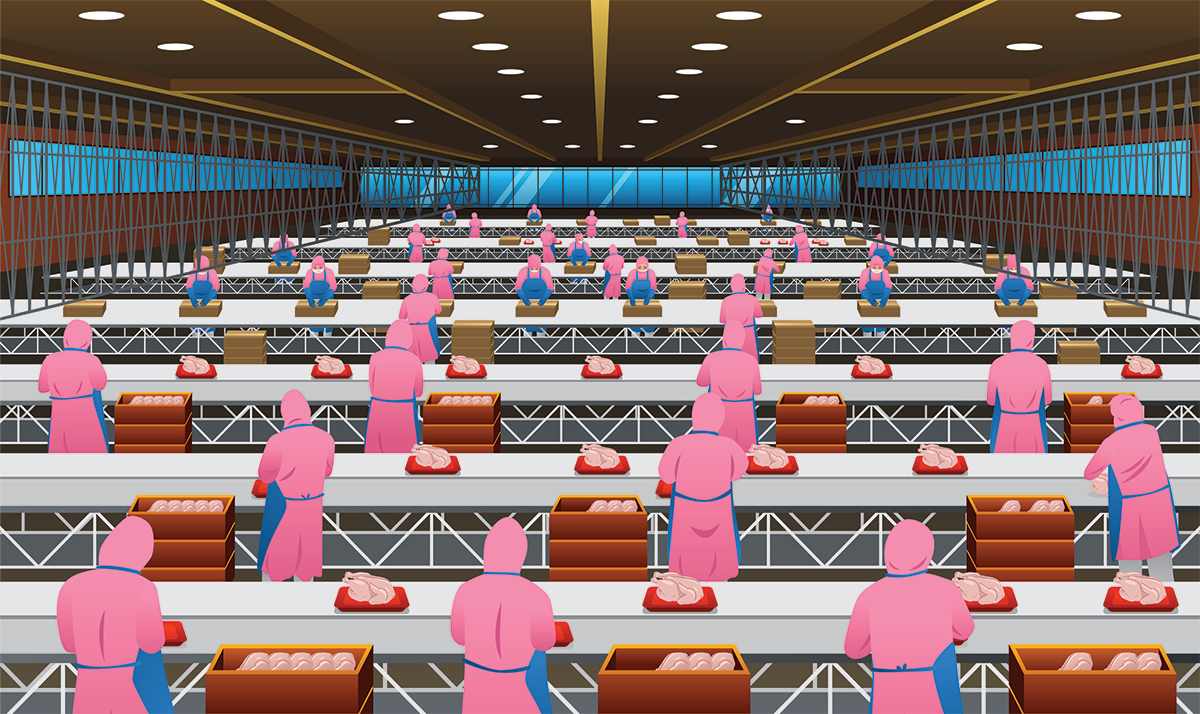
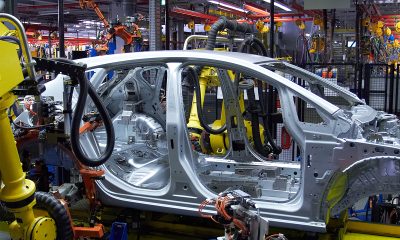
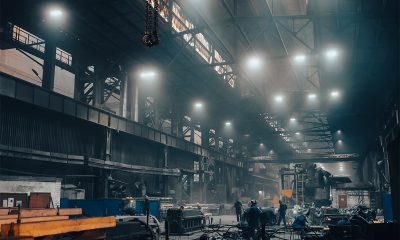
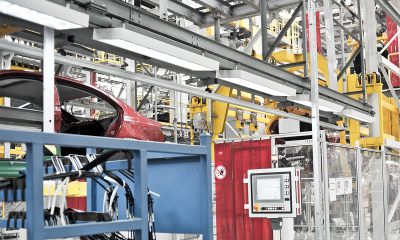
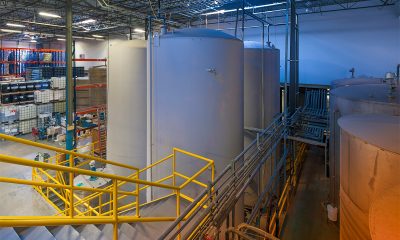
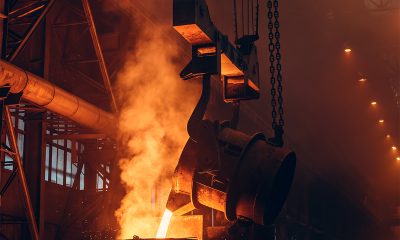
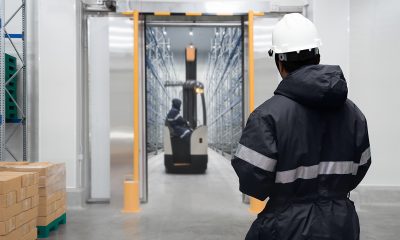
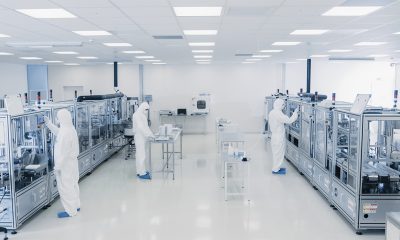
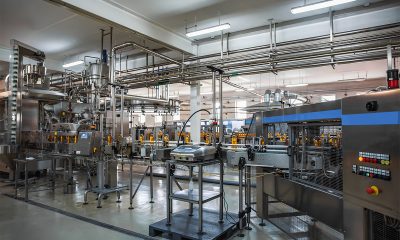
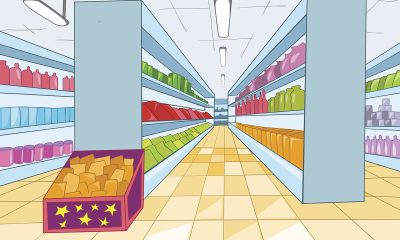
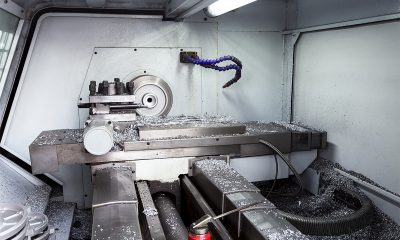
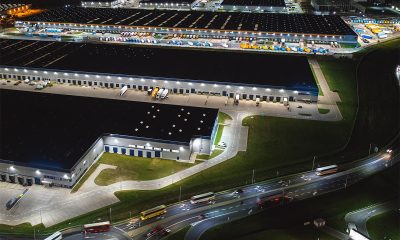






Loading...